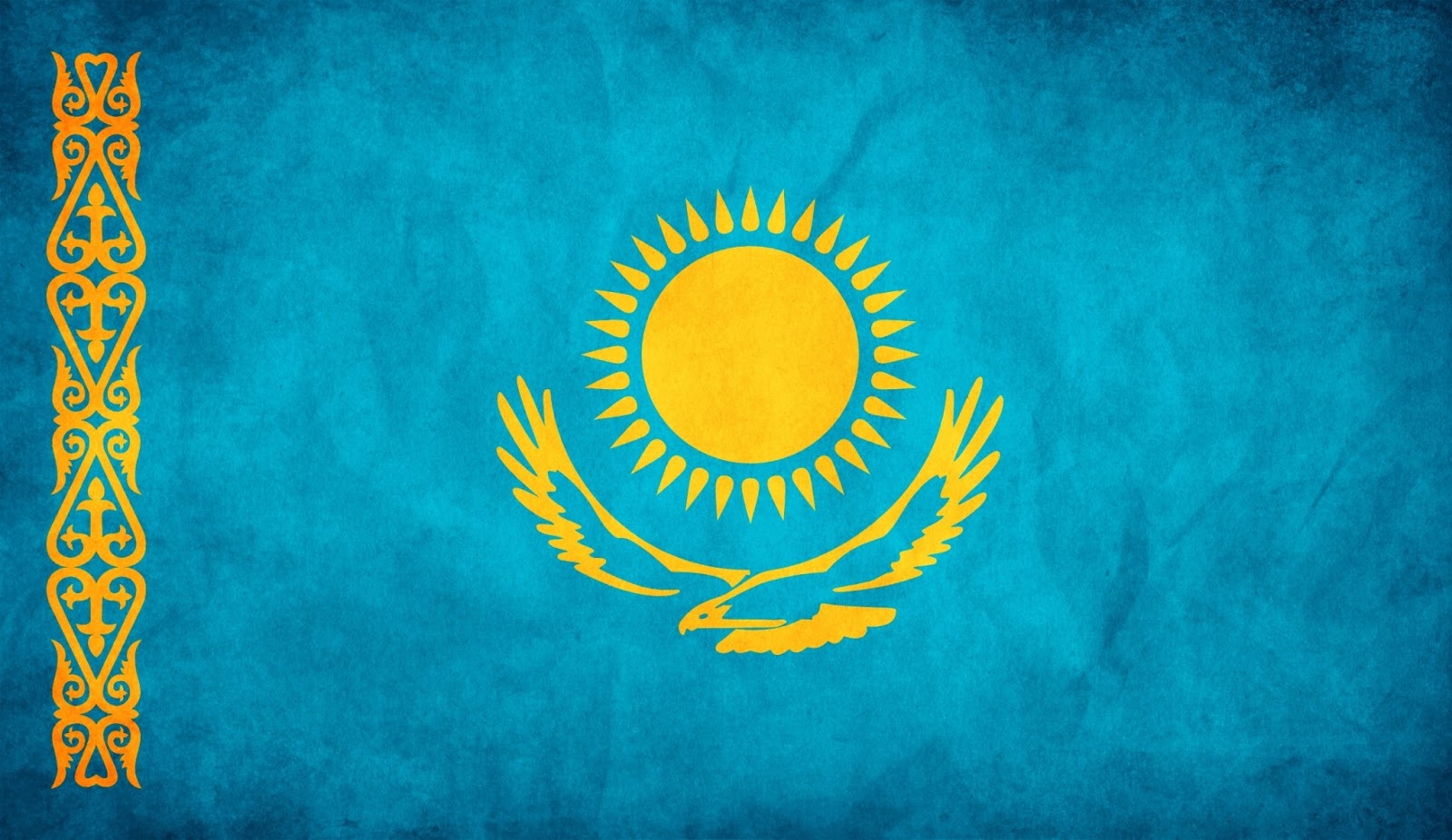Kazakhstan. Generic Drug Market in Kazakhstan to Develop More Rapidly Than Any Other in the CIS Region Between 2013 And 2015
According to the latest report from PMR, a research and consulting company, entitled “Generic and innovative drugs market in CIS countries 2013. Russia, Ukraine and Kazakhstan. Development forecasts for 2013-2015”, in 2012 the generic drug market in the countries analysed was worth €5.7bn. Between 2013 and 2013 annual market growth will fluctuate around 16%. In Kazakhstan the growth rate will slightly exceed that of the overall market. In all three countries, PMR expects an increase in the market share of domestically-manufactured medicines.
Foreign investors consider Kazakhstan to be an attractive market for investment. In 2011 and 2012 some signed agreements with Kazakh manufacturers. According to the Association of Foreign Pharmaceutical Manufacturers, foreign pharmaceutical companies have invested at least $100m (€78m) in Kazakhstan over the last two years. This trend is expected to continue. However, we expect the current policy to attract foreign generic manufacturers to a greater extent than innovative because of the fact that the reimbursement policy is relatively undeveloped in the country.
Increase in the market share of generics in Kazakhstan
On the Kazakh pharmaceutical market over the next few years PMR predicts an increase in the proportion accounted for by generic medicines. “This will occur because of the country’s internal policy, which assumes that the volume share of domestic companies as a proportion of the overall market will have increased to 50% by 2014. Given that there are few Kazakh innovative medicines, the government’s assumption will affect the generic market (and branded generics in particular) more than innovative drugs” says Agnieszka Skonieczna, PMR Senior Pharmaceutical Market Analyst and the report coordinator.Foreign investors consider Kazakhstan to be an attractive market for investment. In 2011 and 2012 some signed agreements with Kazakh manufacturers. According to the Association of Foreign Pharmaceutical Manufacturers, foreign pharmaceutical companies have invested at least $100m (€78m) in Kazakhstan over the last two years. This trend is expected to continue. However, we expect the current policy to attract foreign generic manufacturers to a greater extent than innovative because of the fact that the reimbursement policy is relatively undeveloped in the country.
In addition, the Russia-Belarus-Kazakhstan Common Economic Area will allow increases in imports of generics produced in those countries to Kazakhstan. Last but not least, the GMP standard, which will be implemented by the end of 2014, should bring a new level of quality to the generic market and lead to an increase in the amount of quality branded generics.
As part of the industrial Federal Target Programme “The development of the pharmaceutical and medical industry of the Russian Federation until 2020 and beyond”, the Ministry of Industry and Trade of the Russian Federation plans to support 20 innovative drug and medical equipment centres which have been established on the sites of leading regional universities and research centres.
In March 2013 Russian Prime Minister Dmitri Medvedev approved a regulation on subsidising a number of so-called innovation clusters. The subsidies are included in Russia’s federal budget for 2013. The list of clusters to be subsidised was prepared by the Ministry of Economic Development. It includes six clusters involved in medicine, pharmaceutical and biotechnology development and production. They are located in the Moscow, Kaluga, Novosibirsk, Tomsk and Leningrad provinces. The development of these units will be co-funded by the federal state budget and the budgets of regional administration units.
Ukraine to replace foreign medicines with domestic equivalents
The trends on the Ukrainian pharmaceutical market suggest that we can predict an increase in the market share of Ukrainian branded generics. This is because of the announcement, in April 2011, of the government programme known as “The development of import substitution production in Ukraine and the replacement of imported medicines by their domestic equivalents, including biotech drugs and vaccines, for 2011-2021”. “In addition, over the last four years on the Ukrainian hospital market we have been able to observe a reduction in the share of innovative drugs in terms of volume and value and an increase in the proportion of domestic generic drugs by volume, which has had a substantial effect on the overall market” says Agnieszka Skonieczna.Russia supports innovations through pharmaceutical clusters
In Russia the generic drug market is also expected to develop more rapidly than the innovative market. In both subgroups – generic and innovative medicines – there will be an increase in domestically-manufactured medicines on the market, in line with Pharma 2020 programme assumptions. The production of innovative medicines is to be supported by the development of pharmaceutical clusters.As part of the industrial Federal Target Programme “The development of the pharmaceutical and medical industry of the Russian Federation until 2020 and beyond”, the Ministry of Industry and Trade of the Russian Federation plans to support 20 innovative drug and medical equipment centres which have been established on the sites of leading regional universities and research centres.
In March 2013 Russian Prime Minister Dmitri Medvedev approved a regulation on subsidising a number of so-called innovation clusters. The subsidies are included in Russia’s federal budget for 2013. The list of clusters to be subsidised was prepared by the Ministry of Economic Development. It includes six clusters involved in medicine, pharmaceutical and biotechnology development and production. They are located in the Moscow, Kaluga, Novosibirsk, Tomsk and Leningrad provinces. The development of these units will be co-funded by the federal state budget and the budgets of regional administration units.
Source: PMR









Leave a Comment